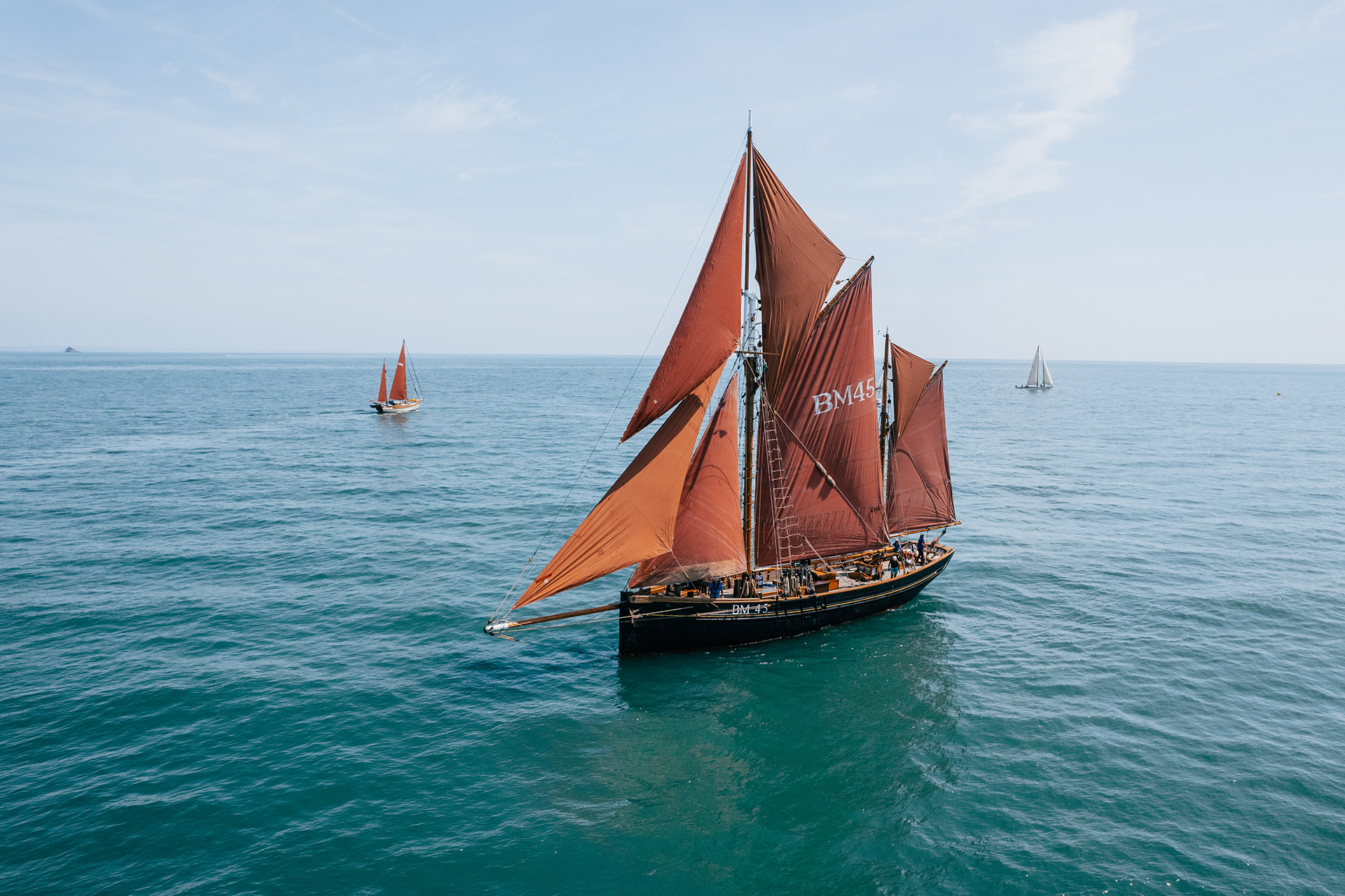

The History of the Brixham Trawler
The Brixham Trawler is a type of wooden fishing boat originally developed in the small coastal town of Brixham in…
18 July | 5 min read
 Menu
Call us
Menu
Menu
Call us
Menu

The Brixham Trawler is a type of wooden fishing boat originally developed in the small coastal town of Brixham in…
18 July | 5 min read
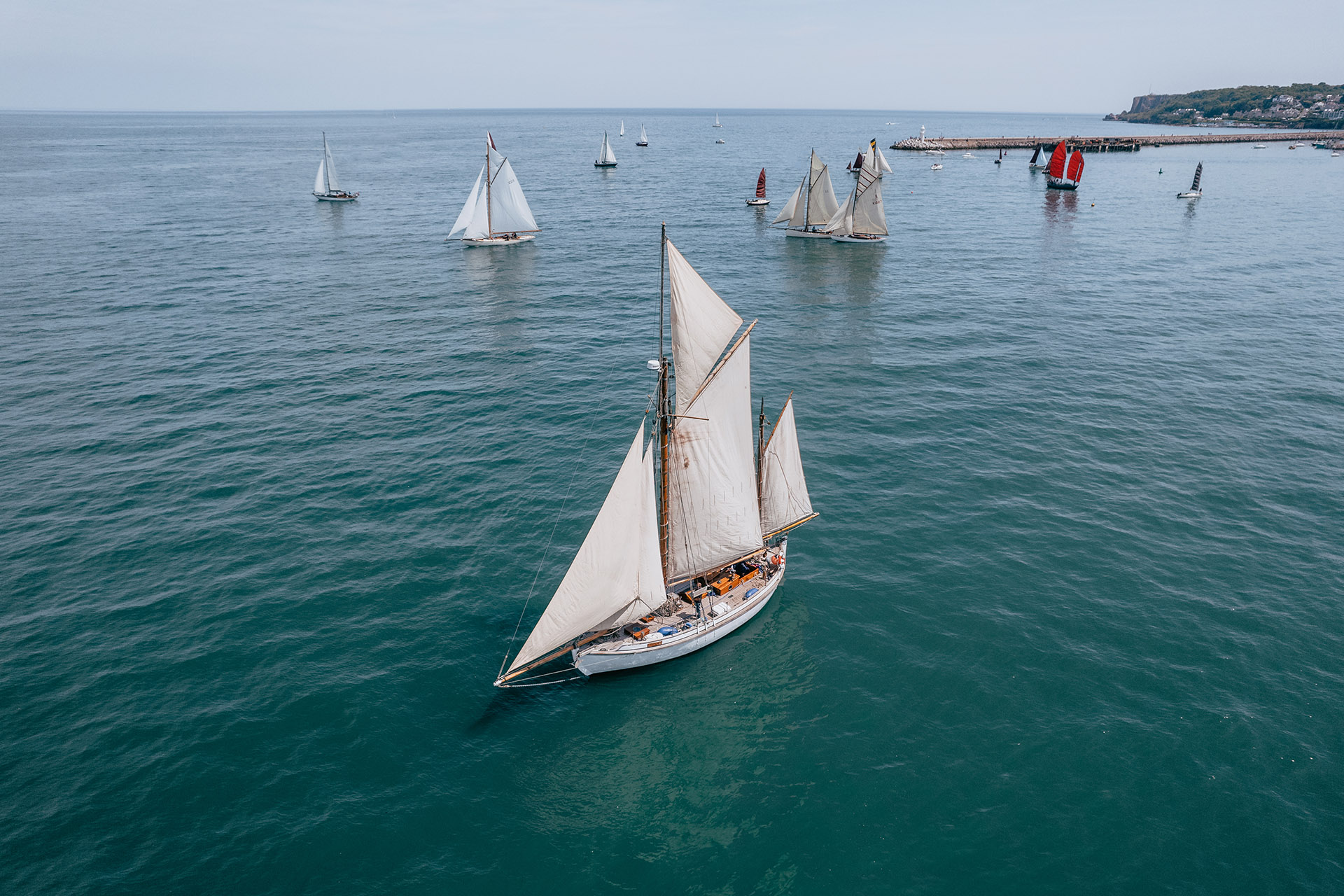
The beauty of sailing, fundamentally, is getting out and about on the water, the freedom and fresh air that invigorates…
20 February | 7 min read
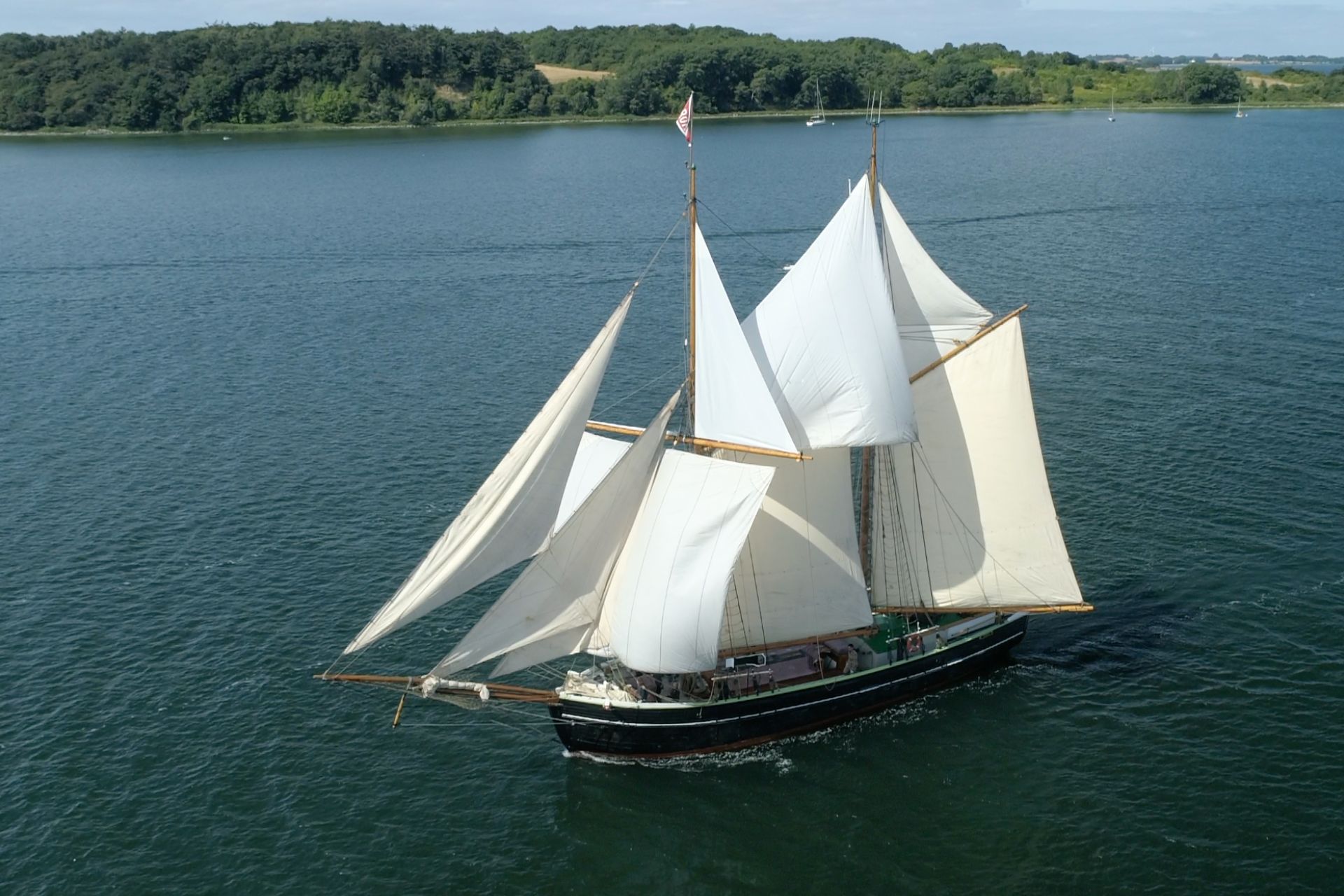
Few ships have left as permanent an imprint on maritime history as the Marstal schooner. The boats are named for…
14 August | 4 min read
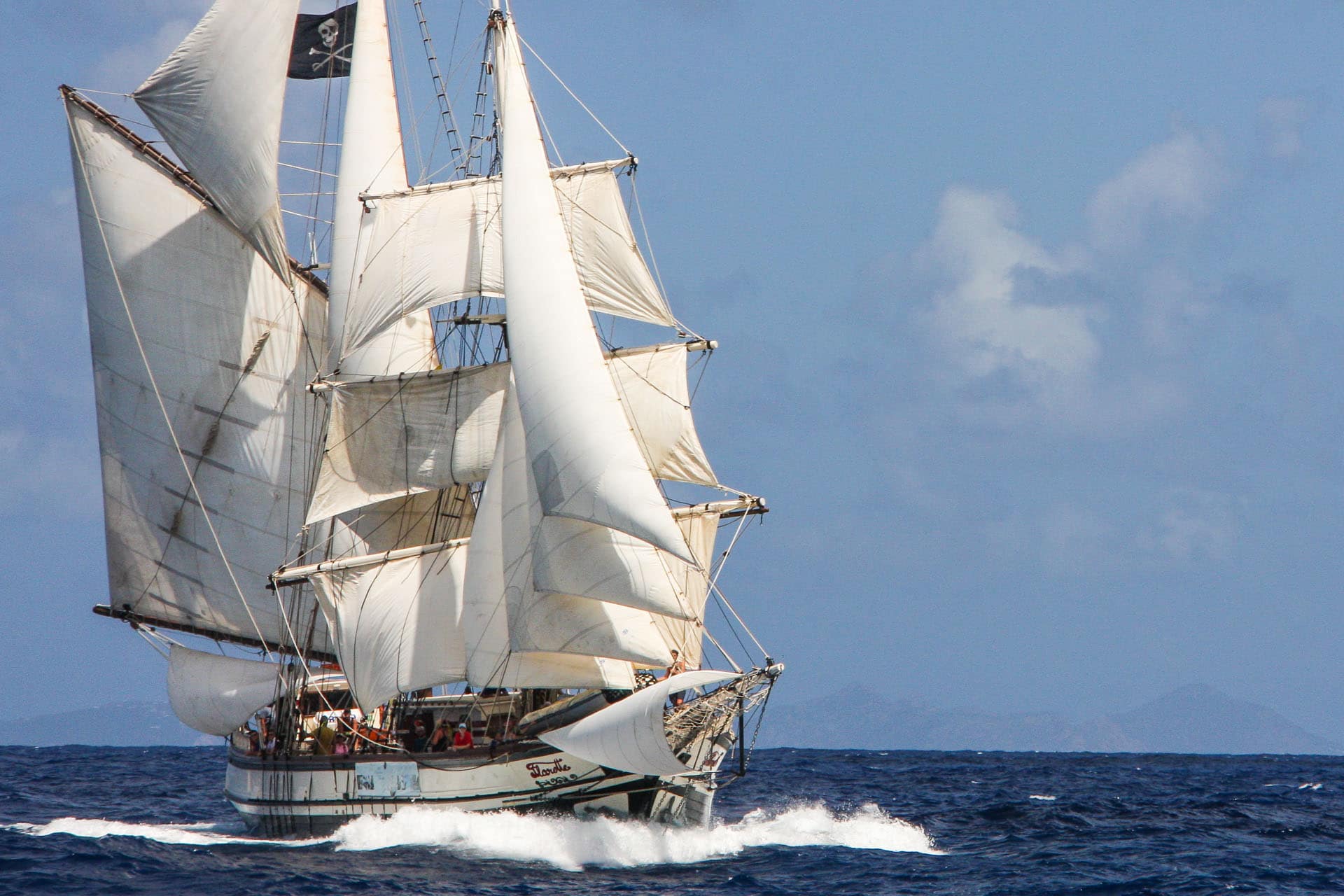
We’re all familiar with the infamous pirate names of Captain Hook, Captain Jack Sparrow, and Long John Silver and the…
20 July | 5 min read
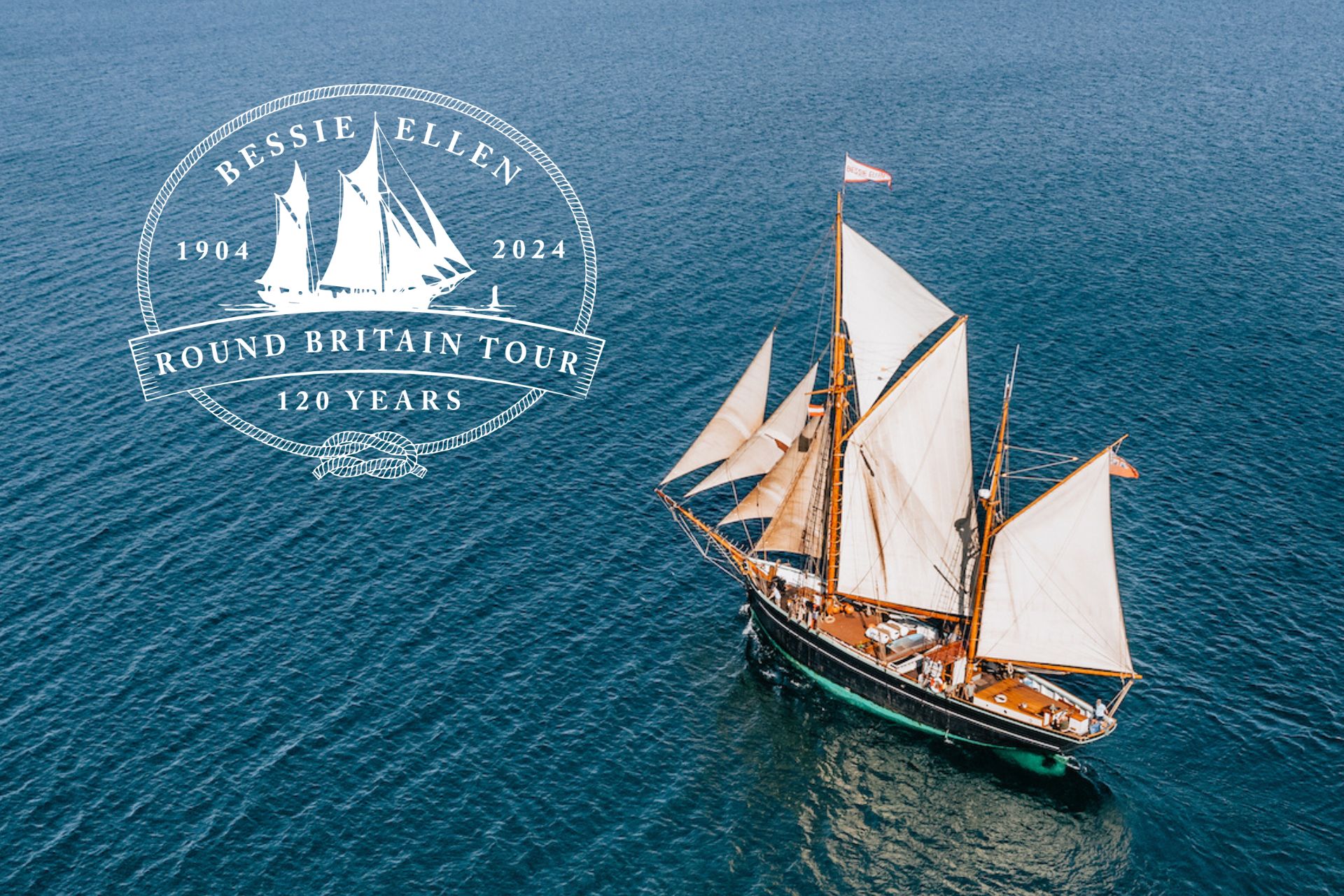
Step aboard the magnificent Bessie Ellen and embark on a remarkable journey through time as she celebrates 120 years of…
18 July | 5 min read
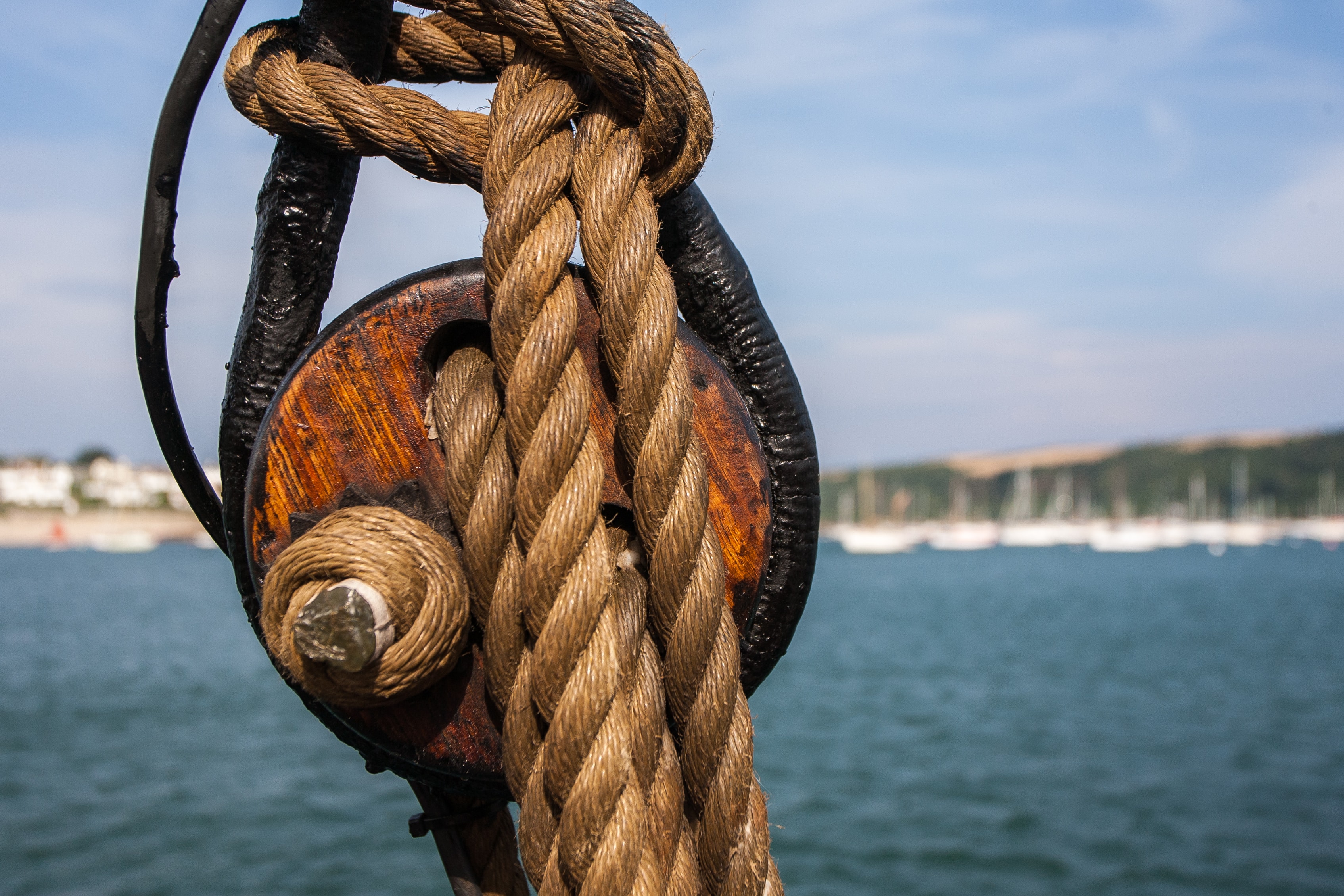
The arts of a sailor such as serving, splicing and knotting is fast becoming a dying art: skills are lost,…
11 July | 3 min read